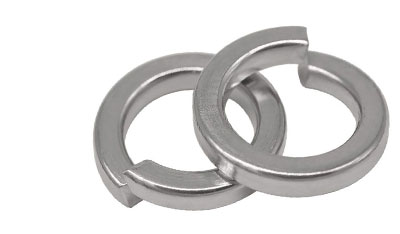pilot hole for #12 self tapping screw
The Importance of Pilot Holes for 12 Self-Tapping Screws
When it comes to DIY projects and construction, the right fasteners can make all the difference in both the strength and durability of your work. Among the many types of screws available, 12 self-tapping screws stand out for their ability to create their own holes while being driven into materials. However, understanding the importance of pilot holes in conjunction with these screws can significantly enhance performance and prevent mishaps during installation.
What is a 12 Self-Tapping Screw?
Before delving into the significance of pilot holes, it’s essential to understand what a 12 self-tapping screw is. The 12 designation refers to the diameter of the screw, which is approximately 0.216 inches. These screws are designed with sharp threads that can cut through materials like wood, metal, and plastic, allowing them to grip firmly as they penetrate. Self-tapping screws are particularly advantageous for their convenience; there’s no need to pre-drill a hole, which can save time and effort.
The Role of Pilot Holes
Despite the convenience of self-tapping screws, pre-drilling a pilot hole is a practice that should not be overlooked, especially in certain materials or applications. A pilot hole is a small, pre-drilled hole that guides the screw into the material. Here’s why using a pilot hole can be beneficial
1. Reduces Material Splitting In wood, particularly hardwoods or thinner pieces, driving a screw directly into the material without a pilot hole can lead to splitting or cracking. A pilot hole helps alleviate this issue by providing a pathway for the screw, allowing it to enter the material more smoothly.
pilot hole for #12 self tapping screw

2. Improves Accuracy For applications where precision is key, a pilot hole can ensure that the screw is driven in straight. This accuracy is particularly important in projects such as cabinetry or framing where alignment is crucial.
3. Eases Installation When working with tougher materials, like metal, drilling a pilot hole makes it easier for the self-tapping screw to penetrate. It reduces the resistance the screw faces when being driven into the material, allowing for a more efficient installation.
4. Prevents Damage to the Screw Attempting to drive a self-tapping screw directly into a dense material can lead to stripping or snapping the screw, rendering it ineffective. A pilot hole diminishes the stress on the screw, promoting a secure installation.
How to Drill a Pilot Hole for a 12 Self-Tapping Screw
Drilling a pilot hole is a straightforward process. First, you’ll need to choose the appropriate drill bit size. For a 12 self-tapping screw, a pilot hole should typically be between 0.136 to 0.156 inches in diameter, depending on the material and the density you are working with. Use a drill to create a hole that is slightly shorter than the screw length to ensure it does not exceed the intended depth.
Conclusion
While 12 self-tapping screws offer great advantages in terms of convenience and versatility, pairing them with the practice of drilling a pilot hole can elevate the quality of your projects. By reducing the risk of damage, improving installation accuracy, and enhancing the overall strength of your assembly, pilot holes are a small but mighty step in securing solid results. So the next time you embark on a project that involves self-tapping screws, remember to drill that pilot hole—it could be the key to your success.
-
Top Choices for Plasterboard FixingNewsDec.26,2024
-
The Versatility of Specialty WashersNewsDec.26,2024
-
Secure Your ProjectsNewsDec.26,2024
-
Essential Screws for Chipboard Flooring ProjectsNewsDec.26,2024
-
Choosing the Right Drywall ScrewsNewsDec.26,2024
-
Black Phosphate Screws for Superior PerformanceNewsDec.26,2024
-
The Versatile Choice of Nylon Flat Washers for Your NeedsNewsDec.18,2024










